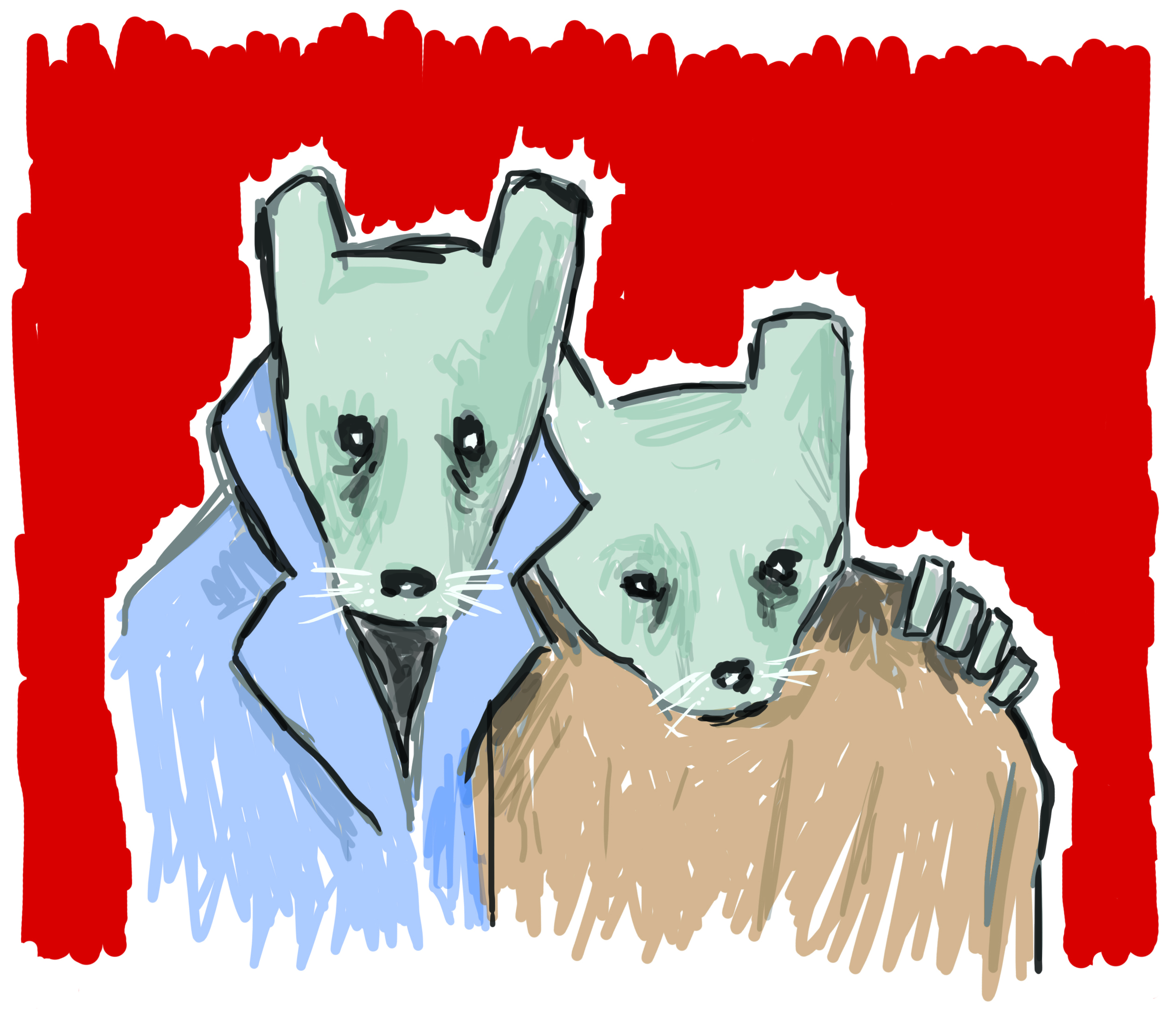I was never a big comic book fan. Of course I enjoyed an Archie comic every now and then, to see whether he was dating Betty or Veronica, but that was about it. However, my past few years in the English honours program have introduced me to the joy and insight art form can offer.
It goes without saying that the occasional comic book thrown into a seemingly never-ending pile of novels is certainly a breath of fresh air! While these texts are a nice change, their thematic function does not prove inferior to more traditional forms of literature. I think it’s telling that graphic novels are sharing more and more class time with texts that have consolidated their place in the literary canon. Just like any good novel, short story or poem, the comic book is slowly proving that it has important work to do.
My first encounter with the comic as a literary representation was in the reading of Art Spiegelman’s influential depiction of Nazi Germany. Maus: A Survivor’s Tale is the biographical account of the author’s father, Vladek Spiegelman, a Polish Jew who survived the Holocaust. Spiegelman interestingly depicts Jews as mice and Germans as cats. Other animals are used to represent different nationalities, religions, and races. Spiegelman’s approach, portraying different groups of people as different species, helped to demonstrate the mindset of the time. Maus is the only comic book to have ever won a Pulitzer Prize.
Another course required me to “read” Shaun Tan’s The Arrival, a wonderfully imaginative set of wordless images that portray the struggles of the immigrant experience. The complete absence of text demonstrates the silencing of the immigrant while the surrealist imagery (imagined and fantastical creatures) illustrates the wonder and confusion associated with the experiencing of a new country.
Gene Luen Yang’s award-winning graphic novel, American Born Chinese has been my latest comic book in a literature class encounter. The text merges three seemingly different narratives — the ancient Chinese folk tale of the Monkey King, the story of a second-generation child of Chinese immigrants, and the account of an American boy who is continually embarrassed by his Chinese cousin (a character who embodies every imaginable Asian stereotype). All three main characters have to navigate their racial identities in their respective environments, working through feelings of shame and acceptance.
Literature is valuable because it is a representation of the anxieties and problems in society, asking readers to think critically about the world around them. That being said, not everybody enjoys reading. However, you can see from my three examples that the graphic novel medium has proven it has as much to say as more traditional forms of literature — commenting on a wide range of topics, from immigration and assimilation to genocide and racial identity. Those who don’t want to sit down and read a novel have an accessible way into the issues that still require thought and conversation in contemporary society. Consequently, I hope this modern literary genre will remain prevalent and continue to make its way into English literature classes around the globe!


